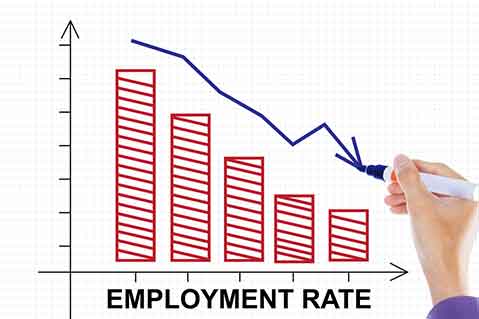News October 18, 2016
Unemployment Claims Reach Four-Decade Low
Jobless claims by American workers fell to their lowest levels in over four decades, highlighting what many view as the sustained strength of the labor market. The Labor Department reported that 246,000 Americans for the week ending October 8 – a total that was roughly 8,000 lower than estimates by economists.

The numbers were the lowest since November 1973, and represented the 84th consecutive week that there were less than 300,000 claims – a number that typically represents a strong labor market. “These numbers are really remarkable given that the labor force is obviously a lot bigger than it was in 1973,” Patrick Newport, an economist at IHS Global Insight, told Bloomberg. “They tell us of a relatively healthy labor market.”
The U.S. unemployment rate was 5% in September, a 0.1% increase from the summer. Only 156,000 nonfarm jobs were created last month, missing expectations by 20,000 and also representing a decline from August’s upwardly revised figure of 167,000 jobs.
Another 4.7% of the U.S. population has stopped looking for jobs or is working part-time for economic reasons, a figure unchanged from the month prior. Since the beginning of Fall 2015, the number of Americans not in the labor force has levelled off to over 94 million after previously increasing every year steadily since the recession. The employment-to-population ratio sits at 59.8%, a half-percentage point increase from a year ago.
The continued stability of the unemployment rate and other labor indicators has led to speculation that The Federal Reserve will increase interest rates before the end of the year. Minutes published last week from the Fed’s September 20-21 meeting saw three dissenting votes from the decision to leave interest rates unchanged, though officials changed their expectations of a rate hike from “imminent” to “relatively soon.”
In Counselor’s State of the Industry report, roughly a third of survey respondents this year planned to increase personnel – numbers in line with results from the 2015 and 2014 versions of the survey.
